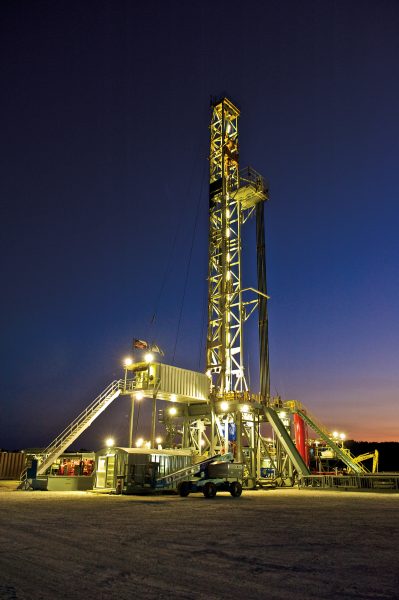Delaware Basin Quakes Linked to Production
December 5, 2022

Since 2009, earthquakes have been rapidly rising in the Delaware Basin — a prolific oil-producing region in West Texas and New Mexico. According to a study led by researchers at the Bureau of Economic Geology, most of them can be linked to oil and gas production.
The researchers looked back on data that tracked seismicity and oil and gas production in the region from 2017 to 2020 and found that 68% of earthquakes above magnitude 1.5 were highly associated with hydraulic fracturing or the disposal of produced formation water into either shallow or deep geologic formations.
All of these production activities are known to increase subsurface pore pressure, which is a mechanism for triggering earthquakes, said the study’s co-author, Alexandros Savvaidis, a researcher at the bureau and the principal investigator for TexNet, the state’s seismic monitoring network that’s overseen by the bureau. By using a combination of statistical analysis and physics-based modeling, the study was able to disentangle which activities have a connection to past earthquakes.
“The modeling techniques could help oil and gas producers and regulators identify potential risks and adjust production and disposal activity to decrease them,” Savvaidis said.
The study was published in Seismological Research Letters. The researchers analyzed about 5,000 earthquakes. Fortythree percent of earthquakes above magnitude 1.5 were linked with injection into shallow sedimentary formations above the hydraulic fracturing depth; 12% were linked with injection into deep sedimentary formations above the basement rock and below the hydraulic fracturing depth. The 2020 magnitude 5.0 earthquake that occurred in Mentone, Texas, happened in a region where seismicity was strongly associated with deep produced water injection. Hydraulic fracturing was linked to only 13% of earthquakes. However, this was higher than previously expected.
Back to the Newsletter